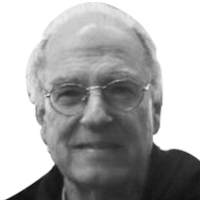World
Photo Illustration by The Daily Beast
For Trump and Kim Jong Un, the Summit Has Become an End in Itself
SHAKE ON IT
Amb. Sung Kim was the professional diplomat brought to Panmunjom by the U.S. to negotiate the critical details of any deal. He’s getting nowhere.

Trending Now





